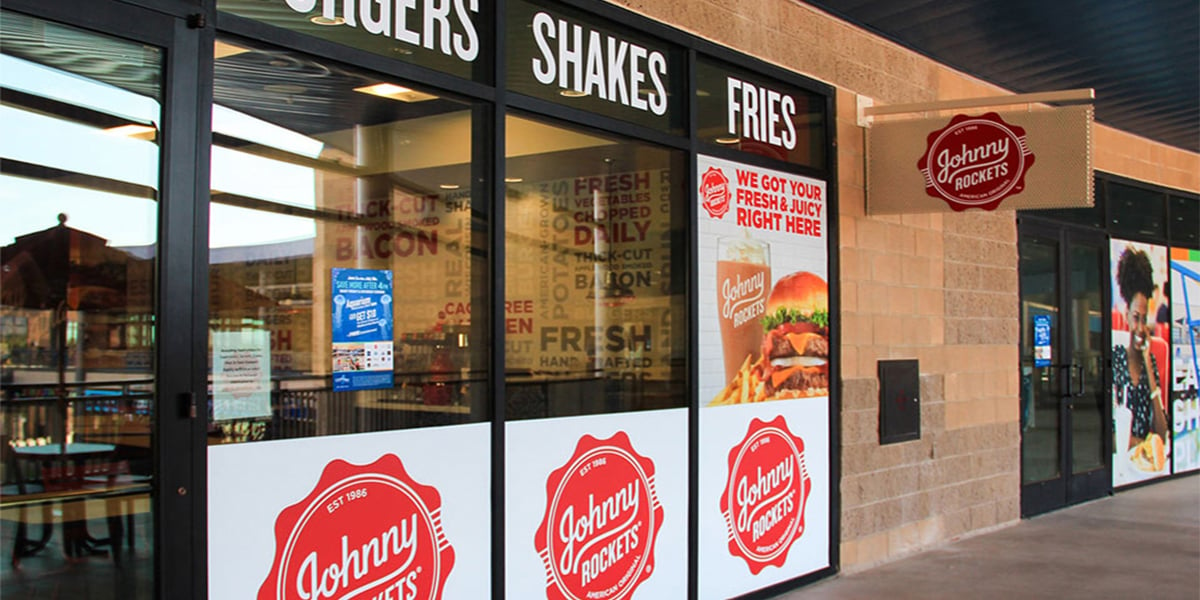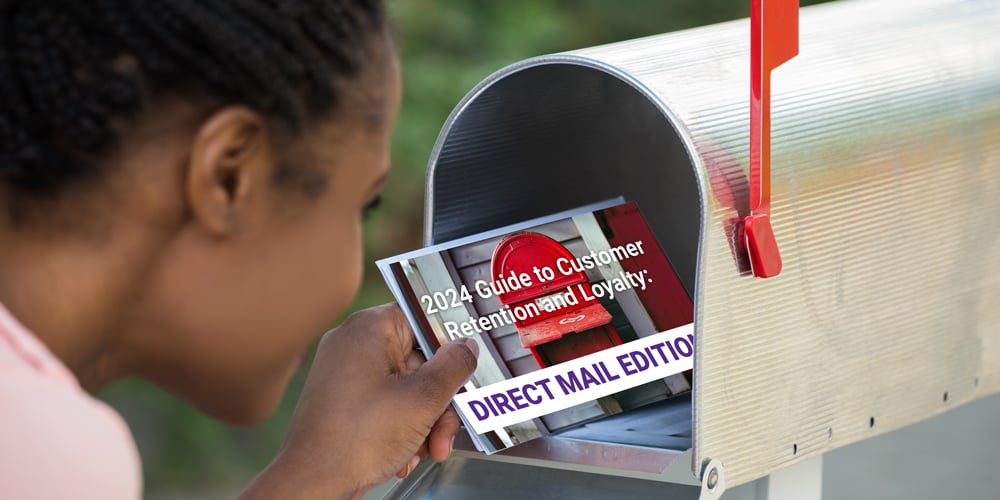Personalized Direct Mail Campaigns for Local Lead Gen

In 1915, William Wrigley Jr. was on a mission to make Wrigley’s Spearmint and Juicy Fruit the top chewing gum brands in the nation. However, the market was bubbling with competitors, and he needed to find a way to make his chewing gum products stand out from the crowd.
Wrigley decided that the best way to stand out was to get his products directly into the hands of target audiences. So he mailed four sticks of chewing gum to every address in the phone book, which was around 1.5 million addresses at the time.
Now, this strategy wouldn’t quite make sense today, but when you consider the context of the time, Wrigley’s campaign was brilliant. In 1915, telephones were a cutting-edge technology typically found only in the homes of upper-class families. Similarly, chewing gum was a luxury item that most people couldn’t afford.
By targeting residences listed in the phone book, Wrigley knew he was getting his chewing gum products directly in front of those most likely to purchase. The campaign was a major success, and by 1919, Wrigley’s gum brands were in more than 7 million homes.
Though this campaign was launched more than a century ago, it provides a timeless blueprint for using personalized direct mail to hyper-target prospective customers and stand out in a saturated market.
So, if you’re looking to generate more leads and position your business as the best in town, keep reading to learn how modern digital printing technologies and direct mail personalization make it easier than ever to dominate your local market–and don’t worry, there’s no need to get out the ole’ phonebook with these modern strategies.
- How is direct mail personalized?
- What type of data is required for a personalized direct mail campaign?
- How to create hyper-targeted direct mail campaigns for local lead gen.
- Examples of direct mail personalization in action.
How Is Direct Mail Personalized?
Personalized direct mail marketing is powered by a digital printing technology called variable data printing. Variable data printing allows businesses to change the content from one direct mail piece to the next without slowing down the printing process.
With variable data printing, nearly every element of a direct mail piece can be personalized, including names, images, headlines, offers, CTAs, texts, and colors.
Here’s a quick overview of how variable data printing works:
- The process begins with a digital template. For example, a design file for a 6” x 9” postcard is created by a business or in collaboration with their digital printing partner.
- Next, the printer imports the template into specialized software and maps the variable data to designated spots within the template, such as names, images, headlines, and offers.
- Once the template and variable data are integrated, they are sent to a digital printing press for production.
- As each piece is printed, the variable data changes from one printed piece to the next.
What Type of Data Is Required for a Personalized Direct Mail Campaign?
While variable data printing technology requires prospect information or customer data in order to be effective. This requirement can present a challenge for local lead gen campaigns since this type of data, known as first-party data, is usually collected from a person’s previous interactions with a business, such as:
- Form submissions on a website.
- Purchase history.
- Third-party sign-in options like Google or Facebook.
- Customer service and live chat interactions.
- Surveys.
The challenge here is that target audiences for a local lead gen campaign have likely never had these types of interactions with a business. They may not even be aware that the company exists.
Fortunately, there’s an easy workaround for delivering hyper-targeted direct mail campaigns that address the diverse needs of different audiences.
How to Create Hyper-Targeted Direct Mail Campaigns for Local Lead Gen
No prospective customer data? No problem.
Businesses can still leverage the power of variable data printing by segmenting their local market based on readily available demographic information, such as the community residents live in or the age of their homes.
To illustrate how this works, let’s use a real estate agent as an example.
Let’s pretend the real estate agent wants to run a personalized direct mail campaign to generate new leads and position herself as the go-to expert in her city.
Using data from city databases, mailing lists, or USPS Every Door Direct Mail (EDDM), the real estate agent can personalize the postcard’s headline, image, and CTA based on the recipient’s neighborhood.
Let’s use a 6” x 9” postcard for the template in this example.

Now it’s time to get personal.
Here’s how the postcard template transforms into a personalized piece after the variable data is inserted.


Now, let’s illustrate another way that variable data printing can be used to hyper-target local audience segments based on the age of their home.
We’ll use a local HVAC company for this example.

Next, let’s personalize the headline, messaging, and images for two local audience segments. The first audience segment is a community with homes built more than 35 years ago. The second audience segment is a community where all of the homes are 3,500 square feet or more.


These are just a few examples of the many ways businesses can create hyper-targeted (and hyper-effective) direct mail marketing campaigns; but the possibilities for personalization are nearly endless.
Ready to launch a personalized direct mail marketing campaign for your business?
You’ve come to the right place.
Personalized Direct Mail Marketing with Artisan Colour
Whether you’re looking to dominate the local market or generate leads from coast to coast, Artisan Colour can handle all of your direct mail marketing needs.
From design and delivery to data and digital integrations, our team specializes in personalized direct mail campaigns that make a direct impact on your bottom line.
We’re ready to make your business the talk of the town; contact our team of experts today to learn more about personalized direct mail marketing.






